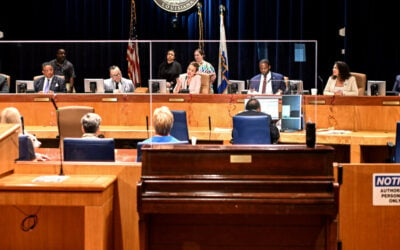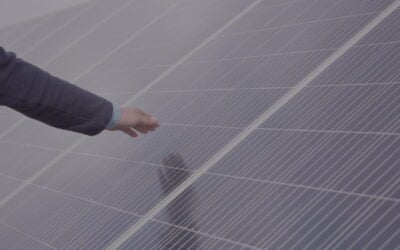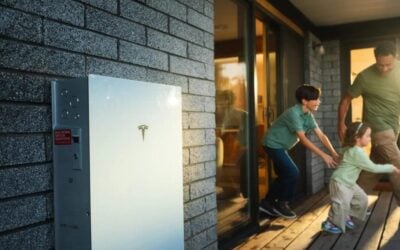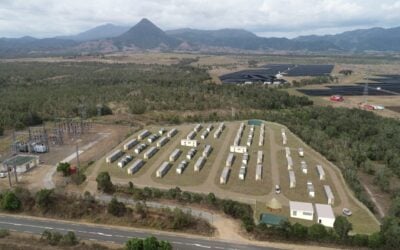
Leap, a provider of software to aggregate distributed energy resources (DER) such as home batteries into virtual power plants (VPPs), has raised US$12 million from equity investments.
The California-headquartered company enables access to energy markets through integrating customer resources to its platform via smart meters. In 2021, Leap put more than 288MW of flexible power assets onto that state’s grid to help operator CAISO handle its peak electricity demand during summer months, as reported by Energy-Storage.news at the time.
During that year’s June heatwave, it dispatched 375MWh of energy from 215MW of assets under its management from commercial and residential sites.
Working with manufacturers of battery storage systems, electric vehicle chargers, heat pumps, smart thermostats, building management systems and more, Leap customers can benefit from participation in demand response and other grid services markets.
Try Premium for just $1
- Full premium access for the first month at only $1
- Converts to an annual rate after 30 days unless cancelled
- Cancel anytime during the trial period
Premium Benefits
- Expert industry analysis and interviews
- Digital access to PV Tech Power journal
- Exclusive event discounts
Or get the full Premium subscription right away
Or continue reading this article for free
The company said on Tuesday (18 July) that it has raised the fresh capital in the form of equity investment from industry tech investment group Standard Investment, which led the funding round, DNV’s VC arm DNV Ventures, and sustainable built environment investment group Sustainable Future Ventures.
Also taking part were existing investors in the company including National Grid Partners and other VCs.
Leap claimed it has connected more than 70,000 customer meters to its platform across the US. Last year it partnered with smart home energy solution provider Lumin to roll out a wholesale demand response offering in its home state, while it has had strategic partnerships with US DER big hitters Sunrun and Stem Inc.
When it previously raised a funding round covered by Energy-Storage.news worth US$33.5 million, in 2021, one investor commented that the “increased frequency and severity” of extreme weather events has “amplified” the use case for leveraging DER equipment to support the grid.
Co-founder and CEO Thomas Folker said the new funding would be used to continuing adding “high-value features to our platform, grow our network of technology partners and expand our value stack across geographies,” as Leap pursued its stated mission of decarbonising the world’s grids.
“The need for clean, flexible capacity to help balance the strained power grid has never been higher,” Folker said.
Meanwhile investment round leader Standard Investments’ Logan Ashcraft said Leap’s ability to monetise different DER assets was “unique”, calling the company a “market maker”. Ashcraft has recently been appointed to Leap’s Board of Directors.
Leap was among recipients of debt funding from Silicon Valley Bank, which got into trouble and collapsed earlier this year. CEO Thomas Folker told Energy-Storage.news at the time that the company “took swift steps to ensure that Leap had access to sufficient capital to maintain our operations,” and did not foresee any near or long-term impacts to its business resulting from the bank going under.





